Before you go to London: The ultimate travel checklist
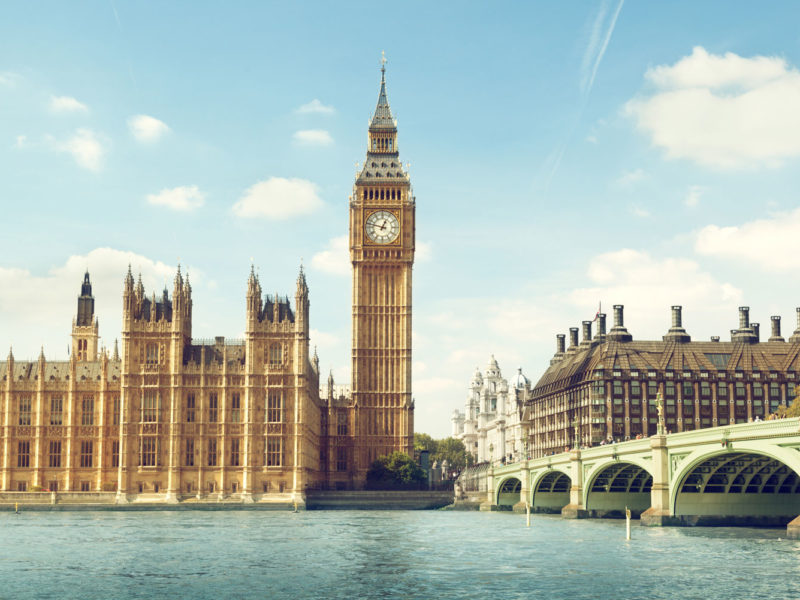
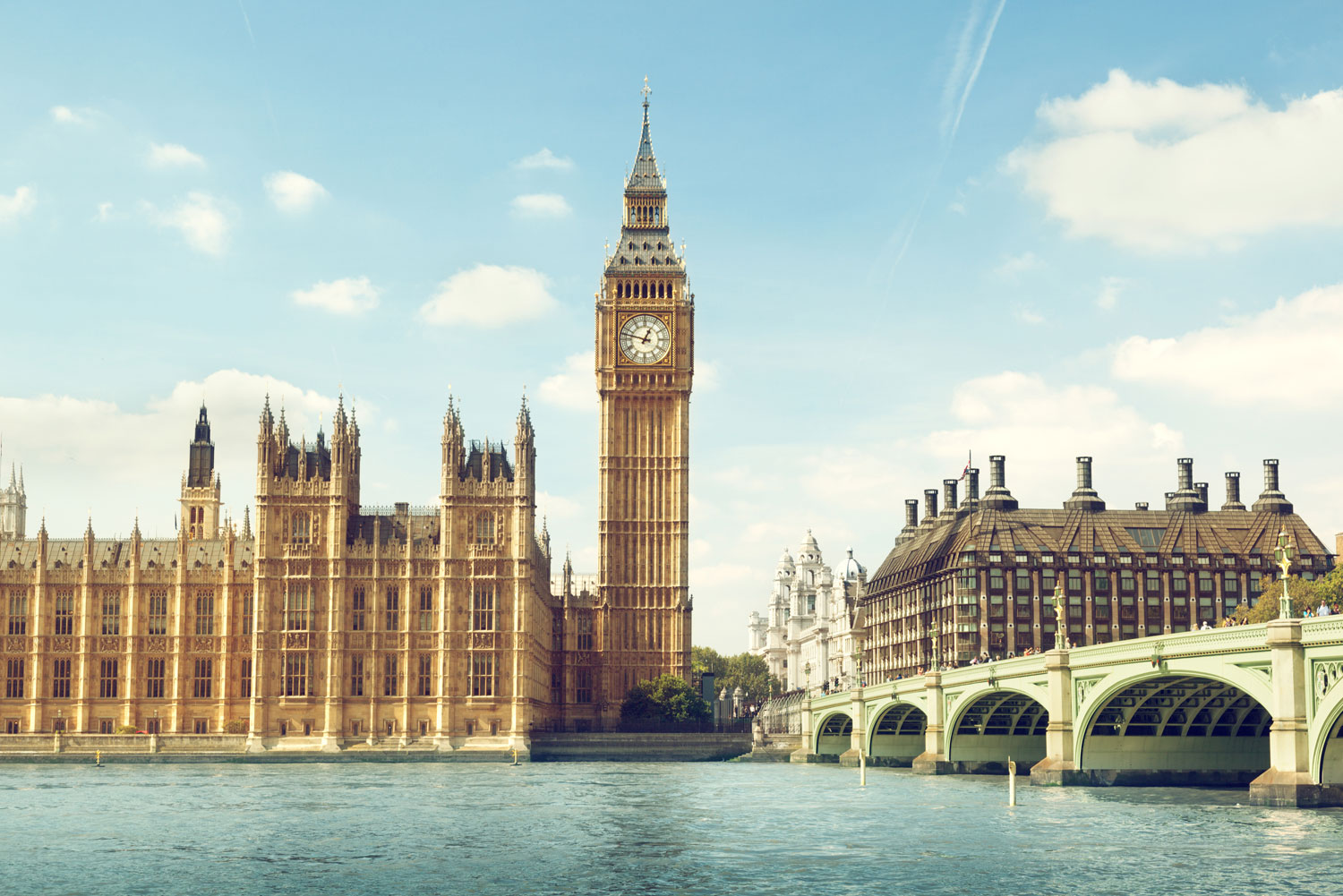
All the London travel advice you need to know, from mastering the Oyster Card to visas and tipping.
Oyster Cards and getting around London
The Tube (officially, the Underground) is the oxygen of London – nothing works without it. And the cheapest way to get around on the Tube for visitors is with an Oyster Card.
The pay-as-you-go Oyster Card calculates the cheapest tickets for all your travels to ensure you are better off.
You can purchase one before you leave and have it delivered to you in Australia (or many other non-UK countries) within 15 days, which makes arrival that much easier. Order it from the Visit Britain Shop online store.
There are the famous black cabs of London whose drivers could find an obscure street in the back of Hackney thanks to ‘The Knowledge’ but they are more expensive and usually slower.
So for day-to-day sightseeing, it’s not really an option, but with many bags it’s totally helpful.
London is not the city to try and drive around; it is far too difficult for visitors so don’t bother. You will waste too much time trying to navigate and trying to find a park.
Orientation
You can navigate London by two distinct schema – the Tube Network and the Postal Code.
The Tube schematic is “closest tube station”. Most destinations will tell you the closest Tube station and we have endeavoured to as well in the International Traveller London Guide.
Most destinations are within a maximum 10 minutes’ walk to the closest Tube station.
The other location schematic is the Postal Code – the first one or two letters of the postal code give you an idea of the location and are often used to describe a location to locals.
So, the system follows the points of the compass with the ‘City’ as the central point.
Any location within the city will have the C as its second letter and the preceding E or W will designate it being East or West within the City.
After the EC and WC inner locations, the scheme then follows the points of the compass; SE, S, SW, W, NW, N, NE, E to follow it around the compass.
The numbers that follow the letters are illogical to outsiders so don’t bother trying to understand them, for example SW1 and SW 2 and N1 and N2 are nowhere near each other.
Just know what the letters mean and it will give you some small sense of where you are.
Arriving in London
Most of us will arrive by airplane into either Gatwick or Heathrow. The Heathrow Express is by far the most efficient and effective way to get into London from Heathrow.
Simply follow the signs to the Express (not the Tube). It will deposit you at Paddington Station in 15 minutes (with excellent free wi-fi to boot) and then you can descend into the underground or catch a waiting black cab if you are too exhausted and can’t be bothered trying to save a few quid.
You can save on your express ticket by booking in advance on the website.
Alternatively the Heathrow Tube stop is a longer journey but with an Oyster Card, it’s about a third of the price. Trains take an hour and run about every 10 minutes.
Gatwick also has an express train that runs every 15 minutes and takes 30 minutes to arrive at Victoria station. Again, the website has pre-purchased discounts.
If arriving into Luton or Stansted from European locations, there are train services to London from both airports. The Stansted Express and Luton has multiple services.
If you are on a budget there is a very cheap easyBus service that runs from Gatwick, Stansted and Luton to various stops in the city and takes about an hour.
Visas and other pesky issues
Australians visiting the UK for a holiday do not currently need a visa. However, the UK immigration are not known for their welcoming spirit so you may be required to prove you have a return ticket or that you have enough money to live on while visiting.
Opening hours
Shopping hours and museum hours in London are usually 10am to 6pm with late-night trading on Thursday.
The major galleries will open from 10am to 6pm, seven days a week.
Tipping
Yes, it is standard practice to tip in most places, but it’s nothing like the US. Ten per cent should be OK.
Major events
The biggest event on the London calendar is Wimbledon, which is held late June/early July.
The other major drawcard for Australians is the Chelsea Flower Show held over five days in May.
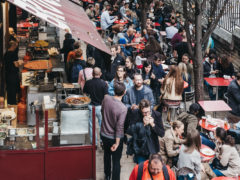
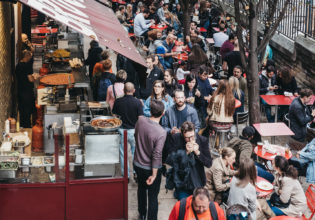

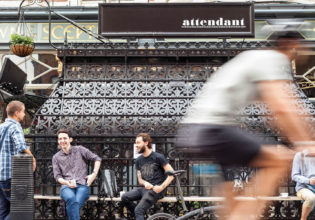
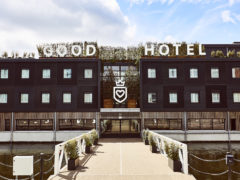
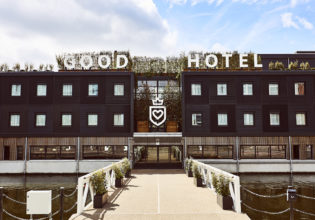
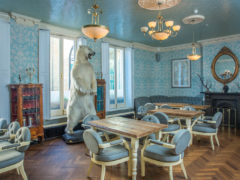
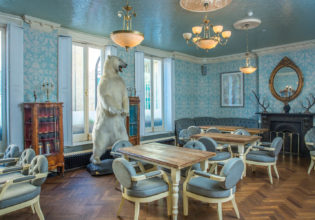
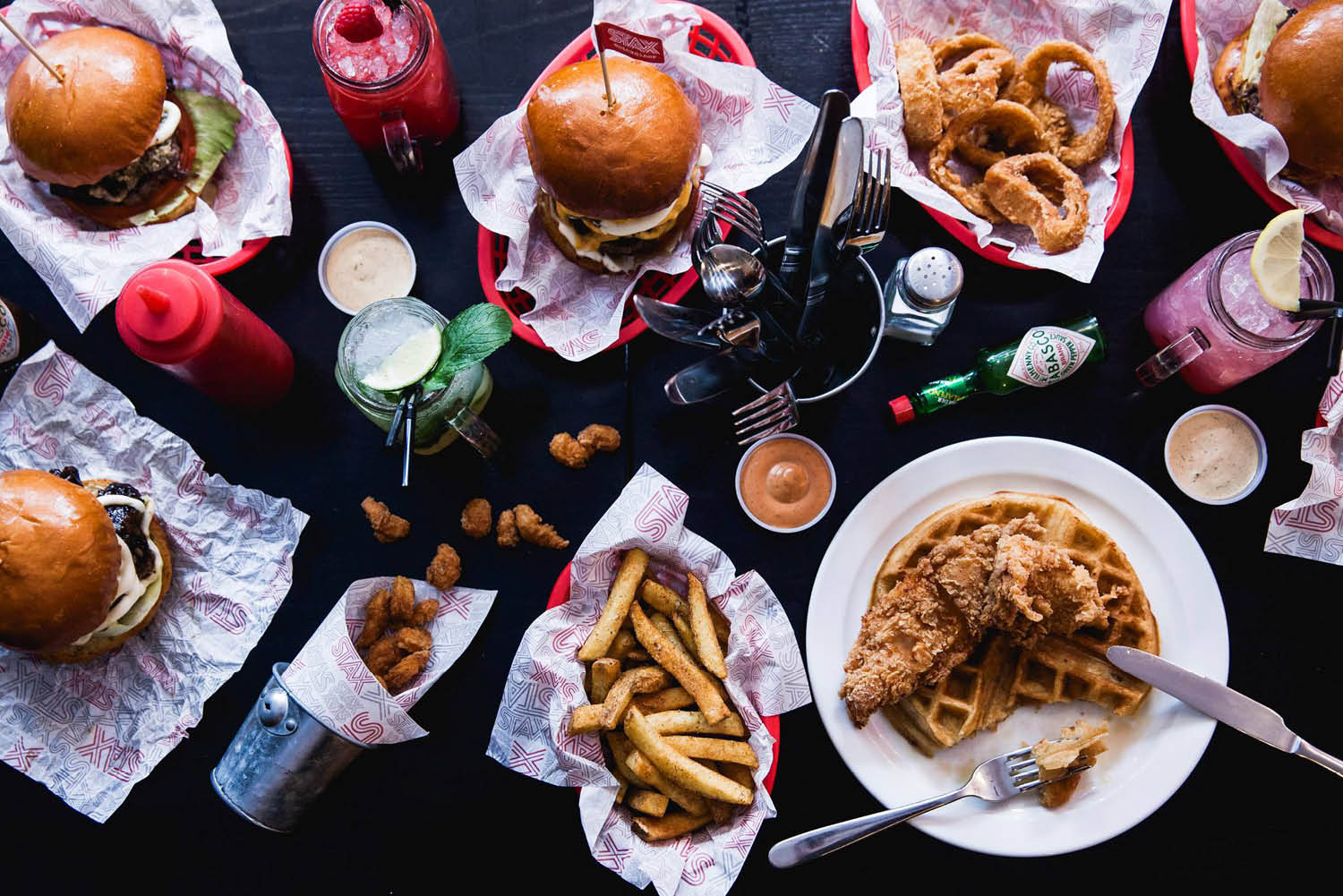

Pl connect if services are free